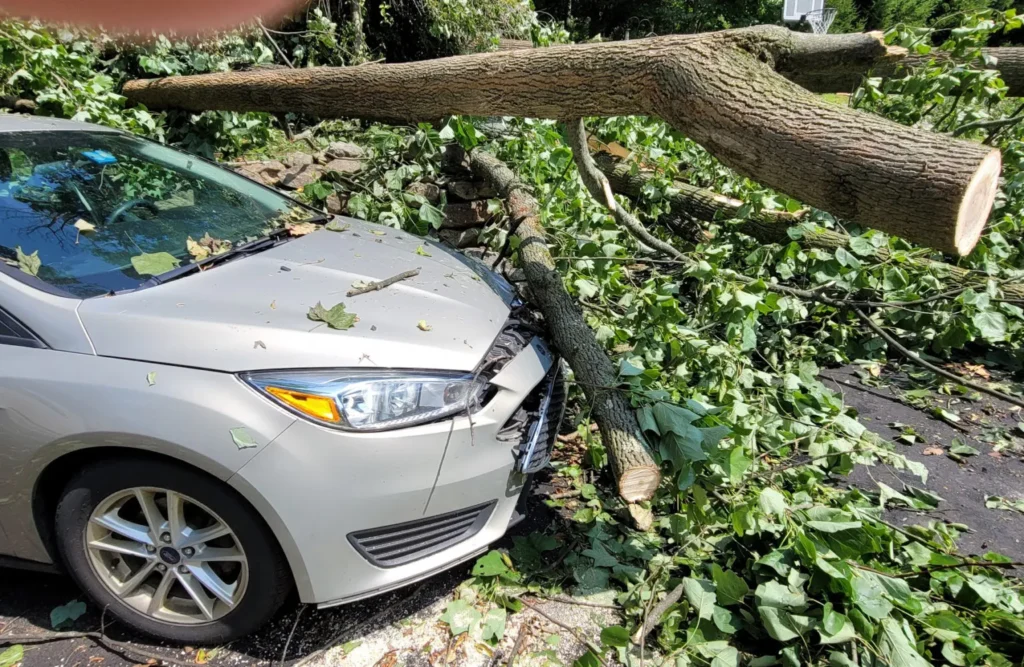Whether homeowners insurance covers tree removal after storms depends on the specific policy and the circumstances surrounding the tree damage. Here are some general guidelines:
Covered Perils
Homeowners insurance typically covers tree removal if the damage was caused by a covered peril. Covered perils usually include severe weather events like storms, lightning, hail, wind, and the weight of ice or snow. If a storm causes a tree to fall and damage your property, the cost of removing the tree may be covered.
Property Damage
If a fallen tree causes damage to your home, garage, fence, or other structures on your property, homeowners insurance typically covers the cost of removing the tree as part of the property damage claim. The policy will generally have a coverage limit for such removal expenses.
No Damage to Property
If a tree falls on your property but does not cause any damage to structures, some homeowners insurance policies may still provide coverage for tree removal. However, there may be specific criteria that need to be met, such as the tree blocking access to your home or a structure on your property, or the tree falling on a driveway or road, making it necessary to remove it for safety reasons.
Deductibles and Coverage Limits
Keep in mind that homeowners insurance policies often have deductibles, which are the amount you need to pay out of pocket before the insurance coverage kicks in. Additionally, there may be coverage limits for tree removal expenses, which means the insurance company will only reimburse up to a certain amount.
Maintenance and Preventive Measures
Homeowners insurance typically does not cover tree removal for maintenance purposes or preventive measures, such as removing healthy trees to prevent potential damage in the future. The coverage is primarily designed to address unforeseen events and property damage caused by covered perils.
To determine the specifics of your coverage, it is essential to review your homeowners insurance policy or contact your insurance provider directly. They can provide detailed information about your coverage limits, deductibles, and any exclusions that may apply.



